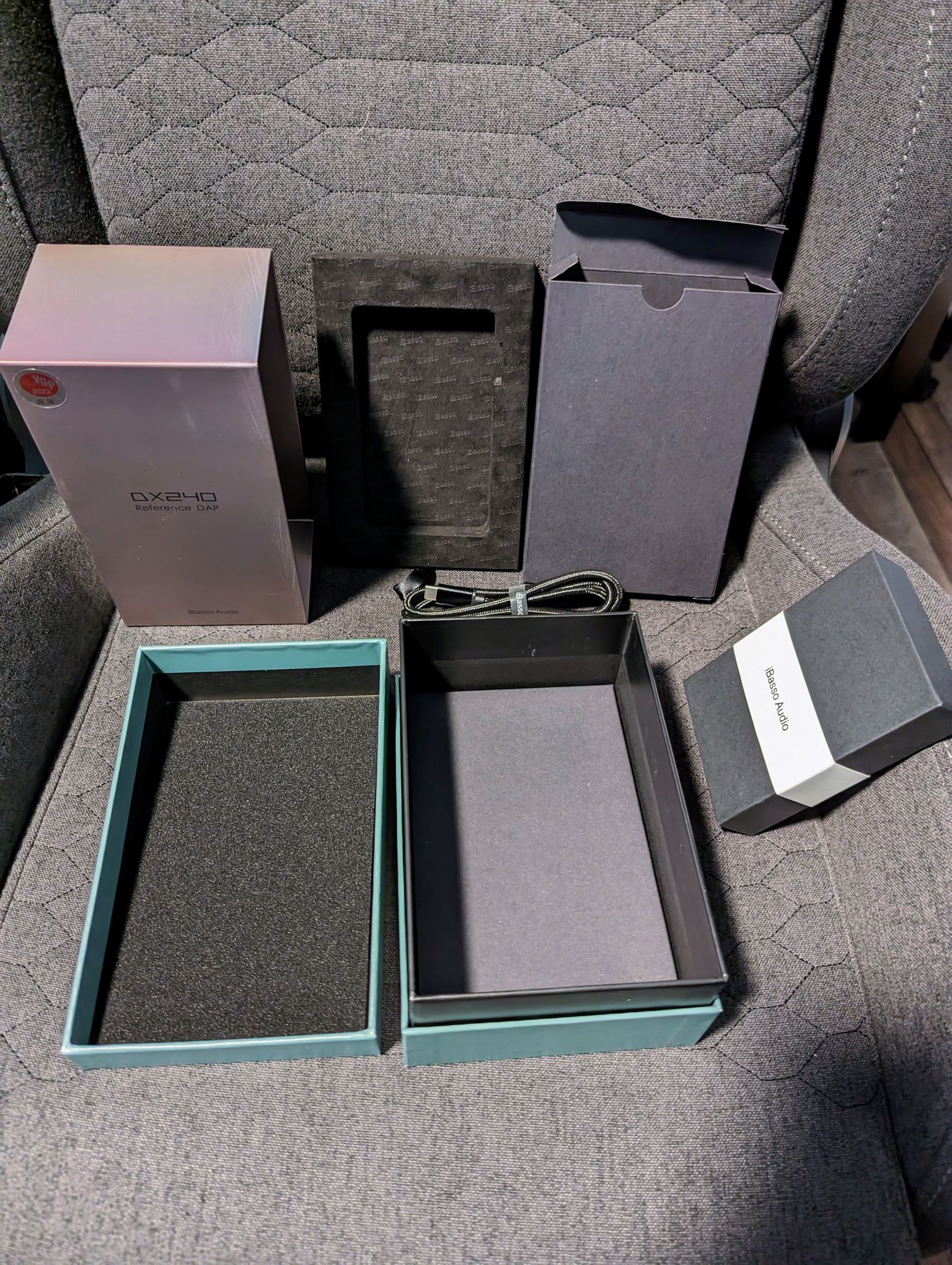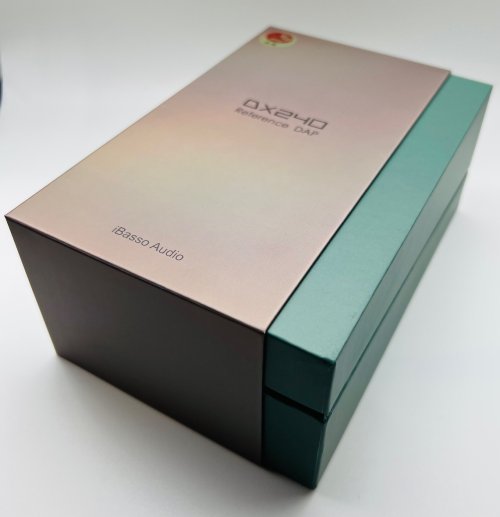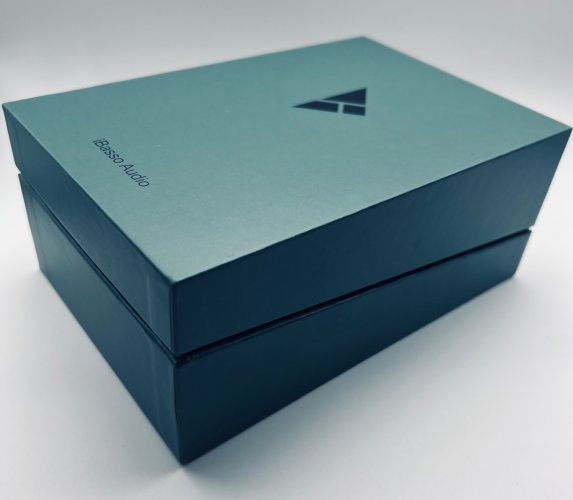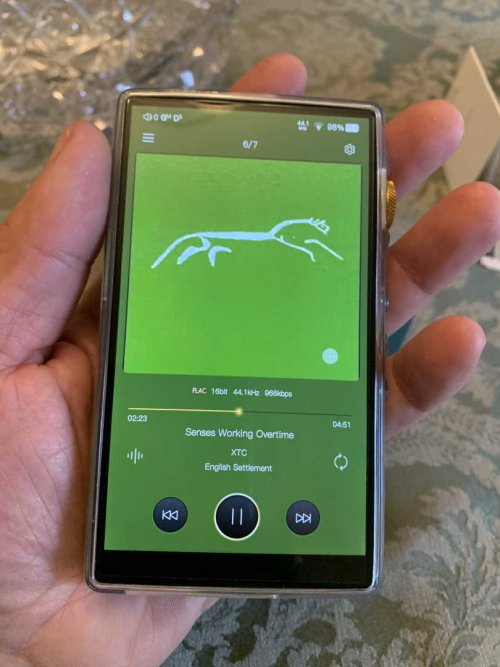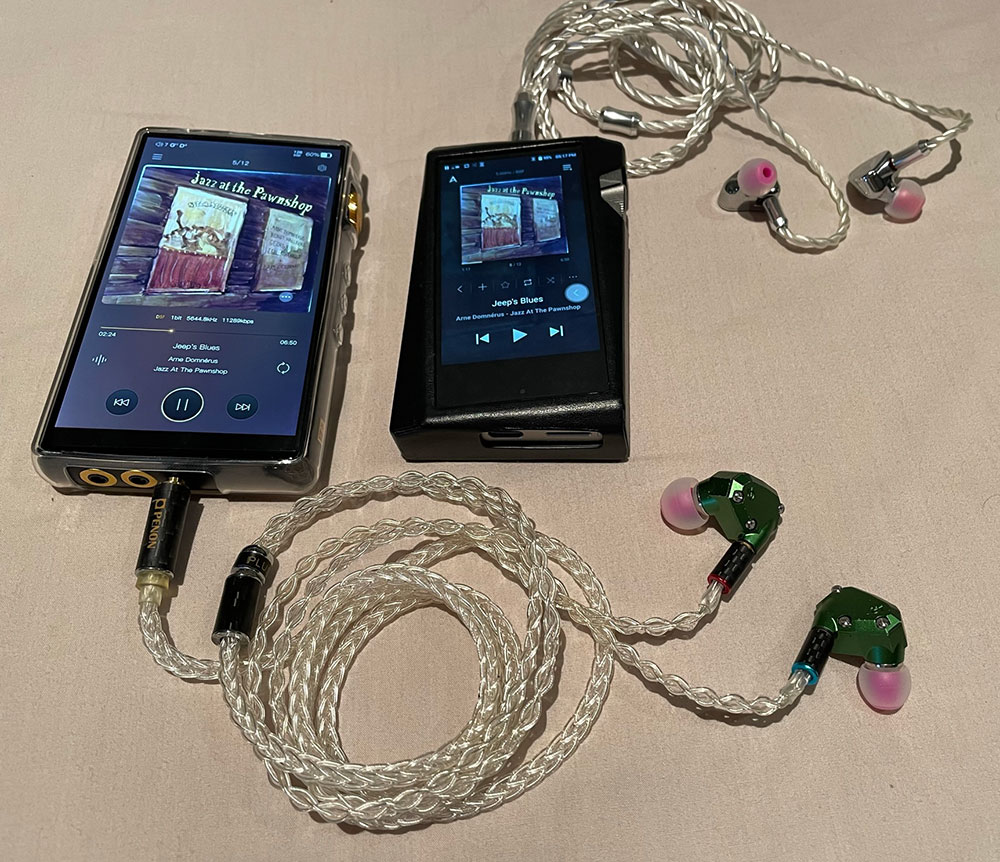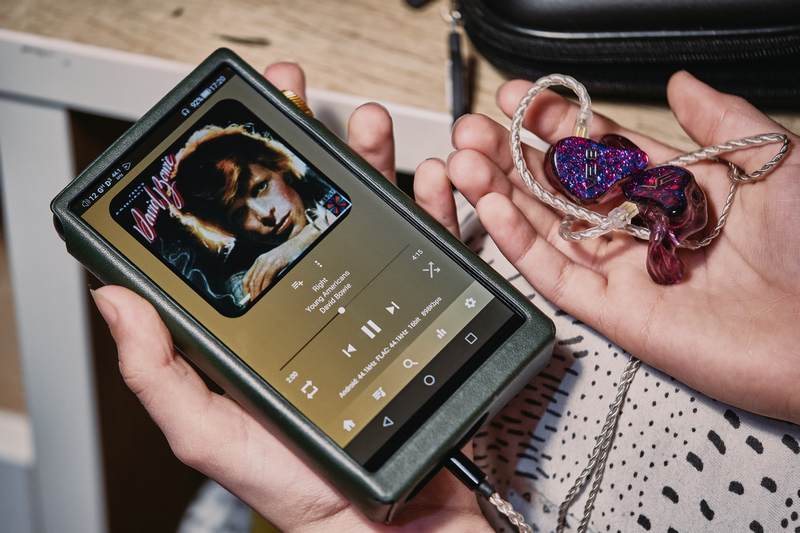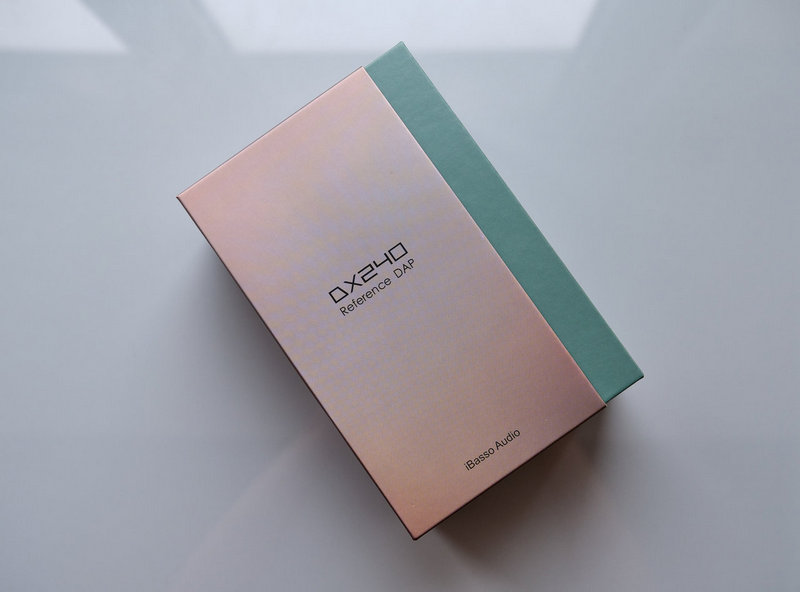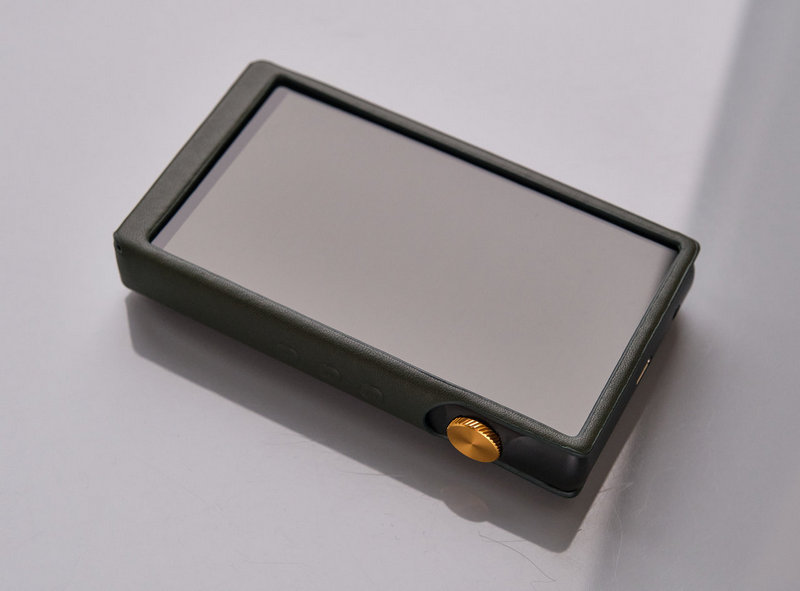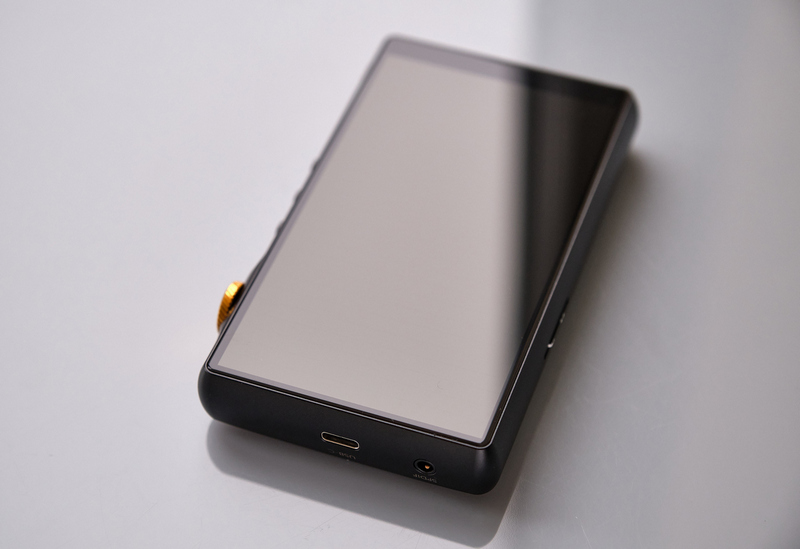BACKGROUND
I have been a long time Head-fier, turned forum lurker, and it has been on my list of to-dos to get back into participating in the forum. To establish some credibility here, the reader should know that I have amassed a modest collection of headphone, IEM, and nearfield equipment that I enjoy on a daily basis. I have slowly escalated the size and quality of my collection over the years as part of lifestyle creep and the on-going search for better sound. The list of current items includes: Chord Hugo TT2; Chord Mojo 2; Shure SE846; Sennheiser IE900 and HD800S; Peachtree Audio Nova150; ATC SCM7v3; and iBasso DX240. I also have a modest but respectable home audio set up in the $12,000 range. Historically, I have owned a number of portable and nearfield devices, including the Chord Hugo, Hugo 2, and Mojo, various PSB speakers, DALI Oberon 1 speakers, and KEF speakers, and various IEMs as far back as the Westone W3 and W4. With more time on my hands working from home to enjoy my equipment, I thought now was as good a time as any to re-engage in the forum, and what a better way than to write a review of the iBasso DX240.
A bit on my theory on reviews - I have read all types, and observe that there is a general "way" of doing reviews that includes the presentation of the item (e.g., packaging), its physical attributes, and sound analysis, which usually includes bass, mids, treble, soundstage, and various other established, but subjective, descriptors of sonic characteristics. However, I am generally not one to follow trends or do things "because that is the way we have always done them." Additionally, I admit that even after over 15 years in this hobby, I do not have a full understanding of the precise meaning of terms like "decay" or "attack," or how one writing a review can reliably communicate their subjective perception of those or any other concepts to a reader. All this said, what follows borrows from some of the more standard reviews, includes what I consider to be the basic information that an average product user on this forum might want to know about an audio product, explained in a way that I understand and that I hope the reader will find useful. Consider this a "lowest common denominator" review of sorts - with information and impressions I think we all can understand, whether objective or subjective.
OVERVIEW
I purchased the DX240 with the Amp8 Mk II from a fellow Head-fier for use when I travel as well as when I am resting in bed. I historically used my Samsung phone paired with my Chord Mojo 2, but desired something dedicated to only audio, hence this purchase.
Overall, I enjoy the DX240 on its own but much prefer it combined with my Chord Mojo 2. I realize that this somewhat defeats the purpose of a dedicated DAP since pairing it with an external DAC bypasses the renowned DAC within the DX240, but I still very much enjoy the form factor, user interface, and combined sound of the DX240 and Mojo 2 over my Samsung phone/Mojo 2 combination. On its own, the DX240 with the Amp8 Mk II has a rich sound that is not particularly analytical. Details are at times lost in the overall musicality of the playback, but there is still a lot of detail retrieval going on with this DAP. If I had to provide an overall characterization of the sound, it would be slightly warm, but not in a way that loses the lush mids and resolute treble.
I was hoping that I could dispense with my Mojo 2 with the purchase of the DX240, but was left wanting in a few areas that caused me to keep my Mojo 2 to pair it with the DX240 via the USB C OTG output. On its own, the DX240/Amp8 Mk II combination, when powering my SE846 or my IE900, sounded less controlled than the Mojo 2. While I recognize the power of the DX240 is respectable and more than enough for these IEMs, I often felt like I was listening to a hi-fi setup that had an amplifier that did not have enough power to control the speakers in a confident way. At times the bass felt soft or uncontrolled - not flabby, bloated, or muddy, just ever so slightly loose. This, coupled with my preference for a more analytical sound, led me to pair the DX240 with my Mojo 2, resulting in a more resolving, clearer, controlled, and slightly more analytical sound than the DX240 on its own.
FORM FACTOR, USER INTERFACE, AND OTHER TANGIBLES
I absolutely love the size of the DX240 as it is just slightly larger than my Mojo 2. It feels good in hand, the material of the casing has a confident feeling to it, and by itself it isn't too heavy for use when I travel. Mine is the green color, which I find intriguing and unique, with gold accents. The only complaint that I have with the build is that the volume dial sometimes skips increments when turned, and the dial feels somewhat cheap in material and firmness when turned. Otherwise, this is a solid device.
Being an Android phone user, I was already accustomed to the Android 11 user interface. However, the device comes with APK Pure loaded, which means you need to use that to download Google Play to then download Tidal, etc. You can stream from Tidal, Qobuz, etc., and I downloaded UAPP. I deleted APK Pure due to its constant suggestions of other apps that I should download. If you are familiar with Android, you will like this DAP.
One thing to note is that the screen is not as large as other DAPs, but it has a high resolution, both in size and pixels per inch. I really like the quality of the screen despite its smaller size.
I have a leather case from a third-party, the design of which is very similar to the iBasso-branded case. I do not like that the case interferes with the range of motion that my fingers are able to express at the top and bottom of the screens since the screen takes up the entire front of the device, edge-to-edge. For instance, when I try to swipe down from the top of the screen, the case prevents me from doing so. It also interferes with the navigation at the bottom of the screen. As the design is the same as the iBasso-branded case, I cannot imagine that the iBasso case would fare much better. As a result, I use the DX240 without the case.
Last, the battery life is not that great when paired with an external DAC, even when streaming only 44.1 tracks. I find 6 hours or so when I use it with minimal screen time when paired with my Mojo 2. To be fair, this is on an 80% charge, which is limited by the optional battery saver feature. So, extrapolated perhaps 8 hours is a more fair assessment of what it might be on a full charge.
INTANGIBLES
Overall, the DX240 with Amp8 Mk II is a musical, engaging, and fun DAP with a slightly warm sound. The detail retrieval is decent to good, resolution is sufficient, and there is no muddying of any one frequency by the other. However, if you prefer a more resolving, detailed, or analytical sound, I recommend something different for you. In my case, that is pairing the DX240 with the Mojo 2, which affords more detail while still keeping some of the warmth and richness. I have read that the stock Amp1 that comes with the DX240 is more "in your face" than the Amp8, but I have not yet compared the two for myself. I will update once I do.
Bass
I find the bass to be the one ever so slight weakness in the sound of the DX240 with the Amp8 Mk II. To be fair, I am probably being overly critical because the DX240 puts out an overall natural sound that is fun to listen to. But, I often felt like I was listening to a hi-fi setup that had an amplifier that did not have enough power to control the speakers in a confident way. At times the bass felt soft or uncontrolled - not flabby, bloated, or muddy, just ever so slightly loose. I tried the DX240 with both my very linear SE846 and the slightly bass-heavy IE900 and reached similar conclusions. I would recommend using the DX240 with a more linear and analytical IEM if you want more controlled bass.
Mids
The mids of the DX240 are what, for me, define the richness of its sound. I could hear trembles in voices that I had never heard before, despite having some pretty decent listening equipment. For instance, in listening to the Rolling Stones' "Wild Horses" I was confused for a moment into thinking that there was a defective reverberation in one of my IEMs due to the shimmer on Jagger's voice on some passages. I compared the track on my reference near field system, and realized that it was always present, I just had not paid attention to it! The ability of the DX240 to capture nuances in the timbre and texture of the mids, especially with male vocals, is pretty sensational, and is what really defines this piece of equipment for me.
Treble
The treble is well-defined, resolute, and sparkles. It is not harsh, even when paired with the IE900, which has been characterized by some as having a sharp treble. I do not find the treble to be particularly special or noteworthy, it is just there and is well done.
CONCLUSION
I really enjoy the DX240, but wish that it would have kept the promise I had for it in my mind to be an all-in-one device so that I could part with my Mojo 2. The reasons it did not are more subjective to me than due to any intrinsic fault of the DX240 - my preference for a more analytical sound being the primary reason for me hanging onto the Mojo 2. The only true minor faults I find with the DX240 are its sometimes uncontrolled bass notes and APK Pure (which is removable). Otherwise, I really enjoy this device even on its own, but even more when paired with my Mojo 2. Even though I am bypassing the internal DAC, somehow it is able to still convey its richness through the Mojo 2 better than when I pair my Mojo 2 with my Samsung phone. For the present time, I am content with this pairing and recommend the DX240 to anyone looking for a well-built device that likes a mid-centric presentation with a lush sound and moderate detail retrieval.
I have been a long time Head-fier, turned forum lurker, and it has been on my list of to-dos to get back into participating in the forum. To establish some credibility here, the reader should know that I have amassed a modest collection of headphone, IEM, and nearfield equipment that I enjoy on a daily basis. I have slowly escalated the size and quality of my collection over the years as part of lifestyle creep and the on-going search for better sound. The list of current items includes: Chord Hugo TT2; Chord Mojo 2; Shure SE846; Sennheiser IE900 and HD800S; Peachtree Audio Nova150; ATC SCM7v3; and iBasso DX240. I also have a modest but respectable home audio set up in the $12,000 range. Historically, I have owned a number of portable and nearfield devices, including the Chord Hugo, Hugo 2, and Mojo, various PSB speakers, DALI Oberon 1 speakers, and KEF speakers, and various IEMs as far back as the Westone W3 and W4. With more time on my hands working from home to enjoy my equipment, I thought now was as good a time as any to re-engage in the forum, and what a better way than to write a review of the iBasso DX240.
A bit on my theory on reviews - I have read all types, and observe that there is a general "way" of doing reviews that includes the presentation of the item (e.g., packaging), its physical attributes, and sound analysis, which usually includes bass, mids, treble, soundstage, and various other established, but subjective, descriptors of sonic characteristics. However, I am generally not one to follow trends or do things "because that is the way we have always done them." Additionally, I admit that even after over 15 years in this hobby, I do not have a full understanding of the precise meaning of terms like "decay" or "attack," or how one writing a review can reliably communicate their subjective perception of those or any other concepts to a reader. All this said, what follows borrows from some of the more standard reviews, includes what I consider to be the basic information that an average product user on this forum might want to know about an audio product, explained in a way that I understand and that I hope the reader will find useful. Consider this a "lowest common denominator" review of sorts - with information and impressions I think we all can understand, whether objective or subjective.
OVERVIEW
I purchased the DX240 with the Amp8 Mk II from a fellow Head-fier for use when I travel as well as when I am resting in bed. I historically used my Samsung phone paired with my Chord Mojo 2, but desired something dedicated to only audio, hence this purchase.
Overall, I enjoy the DX240 on its own but much prefer it combined with my Chord Mojo 2. I realize that this somewhat defeats the purpose of a dedicated DAP since pairing it with an external DAC bypasses the renowned DAC within the DX240, but I still very much enjoy the form factor, user interface, and combined sound of the DX240 and Mojo 2 over my Samsung phone/Mojo 2 combination. On its own, the DX240 with the Amp8 Mk II has a rich sound that is not particularly analytical. Details are at times lost in the overall musicality of the playback, but there is still a lot of detail retrieval going on with this DAP. If I had to provide an overall characterization of the sound, it would be slightly warm, but not in a way that loses the lush mids and resolute treble.
I was hoping that I could dispense with my Mojo 2 with the purchase of the DX240, but was left wanting in a few areas that caused me to keep my Mojo 2 to pair it with the DX240 via the USB C OTG output. On its own, the DX240/Amp8 Mk II combination, when powering my SE846 or my IE900, sounded less controlled than the Mojo 2. While I recognize the power of the DX240 is respectable and more than enough for these IEMs, I often felt like I was listening to a hi-fi setup that had an amplifier that did not have enough power to control the speakers in a confident way. At times the bass felt soft or uncontrolled - not flabby, bloated, or muddy, just ever so slightly loose. This, coupled with my preference for a more analytical sound, led me to pair the DX240 with my Mojo 2, resulting in a more resolving, clearer, controlled, and slightly more analytical sound than the DX240 on its own.
FORM FACTOR, USER INTERFACE, AND OTHER TANGIBLES
I absolutely love the size of the DX240 as it is just slightly larger than my Mojo 2. It feels good in hand, the material of the casing has a confident feeling to it, and by itself it isn't too heavy for use when I travel. Mine is the green color, which I find intriguing and unique, with gold accents. The only complaint that I have with the build is that the volume dial sometimes skips increments when turned, and the dial feels somewhat cheap in material and firmness when turned. Otherwise, this is a solid device.
Being an Android phone user, I was already accustomed to the Android 11 user interface. However, the device comes with APK Pure loaded, which means you need to use that to download Google Play to then download Tidal, etc. You can stream from Tidal, Qobuz, etc., and I downloaded UAPP. I deleted APK Pure due to its constant suggestions of other apps that I should download. If you are familiar with Android, you will like this DAP.
One thing to note is that the screen is not as large as other DAPs, but it has a high resolution, both in size and pixels per inch. I really like the quality of the screen despite its smaller size.
I have a leather case from a third-party, the design of which is very similar to the iBasso-branded case. I do not like that the case interferes with the range of motion that my fingers are able to express at the top and bottom of the screens since the screen takes up the entire front of the device, edge-to-edge. For instance, when I try to swipe down from the top of the screen, the case prevents me from doing so. It also interferes with the navigation at the bottom of the screen. As the design is the same as the iBasso-branded case, I cannot imagine that the iBasso case would fare much better. As a result, I use the DX240 without the case.
Last, the battery life is not that great when paired with an external DAC, even when streaming only 44.1 tracks. I find 6 hours or so when I use it with minimal screen time when paired with my Mojo 2. To be fair, this is on an 80% charge, which is limited by the optional battery saver feature. So, extrapolated perhaps 8 hours is a more fair assessment of what it might be on a full charge.
INTANGIBLES
Overall, the DX240 with Amp8 Mk II is a musical, engaging, and fun DAP with a slightly warm sound. The detail retrieval is decent to good, resolution is sufficient, and there is no muddying of any one frequency by the other. However, if you prefer a more resolving, detailed, or analytical sound, I recommend something different for you. In my case, that is pairing the DX240 with the Mojo 2, which affords more detail while still keeping some of the warmth and richness. I have read that the stock Amp1 that comes with the DX240 is more "in your face" than the Amp8, but I have not yet compared the two for myself. I will update once I do.
Bass
I find the bass to be the one ever so slight weakness in the sound of the DX240 with the Amp8 Mk II. To be fair, I am probably being overly critical because the DX240 puts out an overall natural sound that is fun to listen to. But, I often felt like I was listening to a hi-fi setup that had an amplifier that did not have enough power to control the speakers in a confident way. At times the bass felt soft or uncontrolled - not flabby, bloated, or muddy, just ever so slightly loose. I tried the DX240 with both my very linear SE846 and the slightly bass-heavy IE900 and reached similar conclusions. I would recommend using the DX240 with a more linear and analytical IEM if you want more controlled bass.
Mids
The mids of the DX240 are what, for me, define the richness of its sound. I could hear trembles in voices that I had never heard before, despite having some pretty decent listening equipment. For instance, in listening to the Rolling Stones' "Wild Horses" I was confused for a moment into thinking that there was a defective reverberation in one of my IEMs due to the shimmer on Jagger's voice on some passages. I compared the track on my reference near field system, and realized that it was always present, I just had not paid attention to it! The ability of the DX240 to capture nuances in the timbre and texture of the mids, especially with male vocals, is pretty sensational, and is what really defines this piece of equipment for me.
Treble
The treble is well-defined, resolute, and sparkles. It is not harsh, even when paired with the IE900, which has been characterized by some as having a sharp treble. I do not find the treble to be particularly special or noteworthy, it is just there and is well done.
CONCLUSION
I really enjoy the DX240, but wish that it would have kept the promise I had for it in my mind to be an all-in-one device so that I could part with my Mojo 2. The reasons it did not are more subjective to me than due to any intrinsic fault of the DX240 - my preference for a more analytical sound being the primary reason for me hanging onto the Mojo 2. The only true minor faults I find with the DX240 are its sometimes uncontrolled bass notes and APK Pure (which is removable). Otherwise, I really enjoy this device even on its own, but even more when paired with my Mojo 2. Even though I am bypassing the internal DAC, somehow it is able to still convey its richness through the Mojo 2 better than when I pair my Mojo 2 with my Samsung phone. For the present time, I am content with this pairing and recommend the DX240 to anyone looking for a well-built device that likes a mid-centric presentation with a lush sound and moderate detail retrieval.





